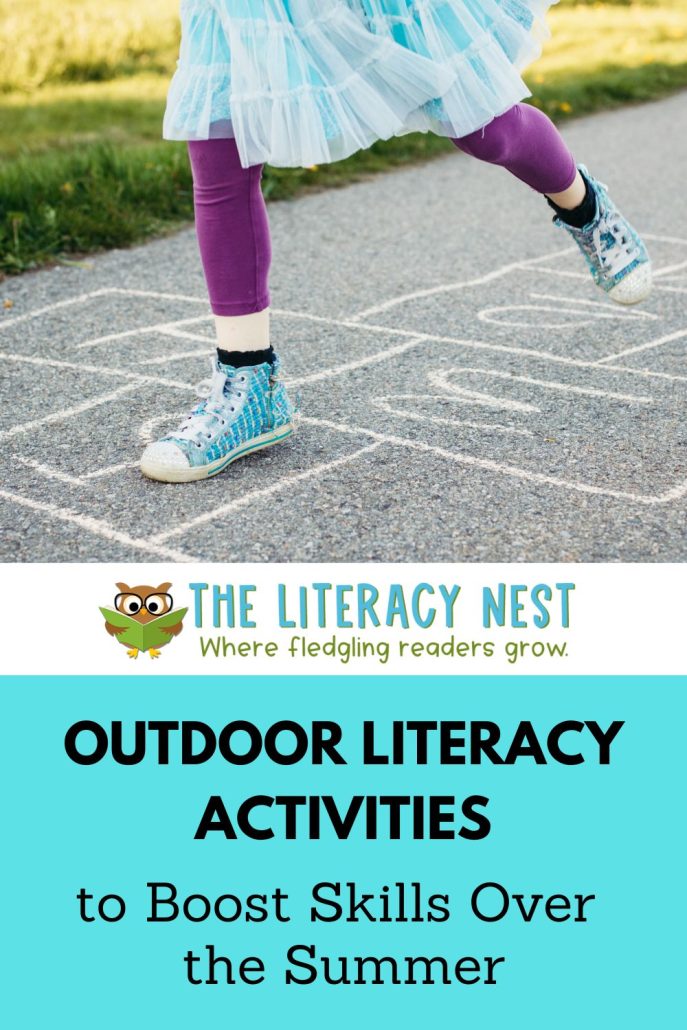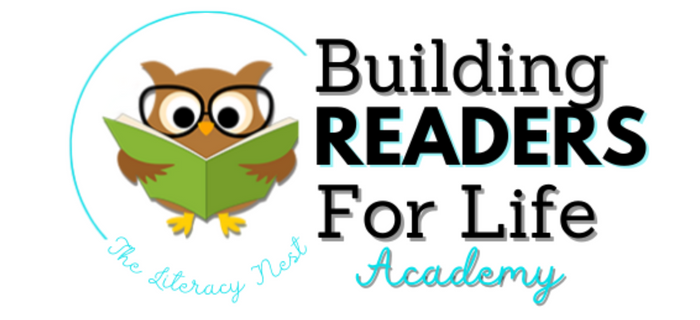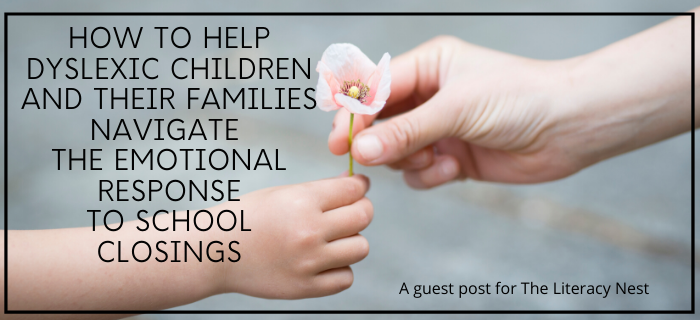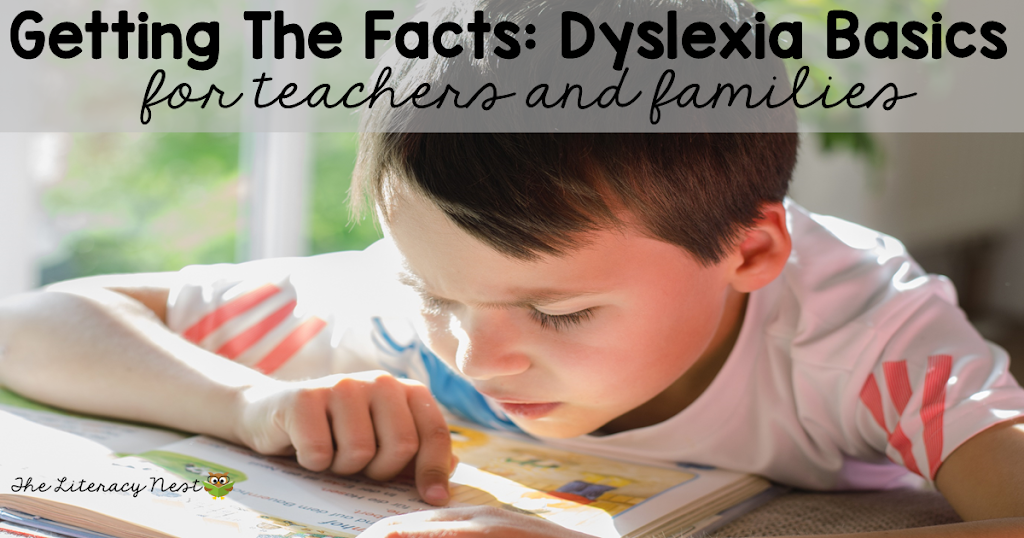Simple Outdoor Literacy Activities to Boost Skills Over the Summer

I still get a bit of the thrill of anticipation that I did as a child looking forward to summer vacation. However, this break from the routine of school doesn’t have to mean a break from learning. And, summer learning doesn’t have to mean a break from the fun. There are lots of ways to incorporate fun and fresh air into tutoring lessons or for reinforcement of skills at home. Together we can stop the summer slide with fun, outdoor literacy activities!
Here Are 6 Fun Outdoor Literacy Activities To Try Out This Summer!
Download and print our summer fun outdoor literacy activities checklists!
1. Sensory Bins
Does your child love sensory bins, but you dread the mess? Summer is a perfect time to take the sensory bins outside. Sensory bins range from something as simple as beans or dried rice with a few scoops, to water beads or kinetic sand. Children can use shovels, spoons, cups, tongs, and most importantly their fingers to explore textures, find hidden objects and informally learn about weights and measures.
Sensory bins can be organized around a theme such as animals or beaches, letters, or a particular letter sound. For example, a child working on short vowel sounds might uncover cat, dog, pig, and hen toys in a sensory bin.
Shallow bins can also be used to practice letter formation using the finger as the writing tool. The important muscles for writing can be exercised by picking up small objects with tweezers, tongs, or kid chopsticks.
2. Sponge Letters
Nothing says summer fun like water! A set of sponge alphabet letters can be used in countless ways.
- Play toss with soaked sponge letters to practice letter and sound recognition.
- Throw sponges or sponge letters into labeled buckets as a way of discriminating between phonemes in different words. Practice rhyming, or just about any phonological awareness skill you can think of.
- Build sight words with sponges. Make a disappearing sight word with water on the sidewalk. Can your student rebuild it without the model?
I have another fun outdoor spelling idea! Watch my video, Ice Cream Spelling Fun! for all of the details!
3. Sidewalk Chalk
One way of changing sensory input and making words and letters more memorable is to upsize them. Sidewalk chalk is a great way to make things bigger.
Letters, high-frequency words, morphemes: Whether they write them 12 inches tall or 4 feet, students are going to be using more gross motor movements and big muscles. This also gives them an opportunity to “trace” things with their walking or hopping feet using even more of their big muscles.
Sidewalk chalk is also easy to clean up. It’s colorful and nontoxic for younger siblings who may be tempted to take a nibble.
Looking for more summer practice? The summer review bundle is a low-stress option for families this summer. It reviews key phonics skills that children who are vulnerable to summer learning loss may not have solidified during their school year.

Check out this video for a behind-the-scenes look at how I use these summer phonics activities to prevent summer slide!
4. Obstacle Course
Another great way to incorporate gross motor movement and get kids tired out is an obstacle course.
A mixture of literacy obstacles such as reading five words, matching upper and lowercase letter shapes, matching rhyming pairs, or letter formation practice can be interspersed with more physical challenges. Think of challenges like monkey bars, climbing up the slide, or scaling a climbing wall.
You could even incorporate the sponge letters and water to make a fun way to stay cool on a hot summer day.
5. Outdoor Games
Traditional outdoor games such as hopscotch or foursquare can take on a literacy slant or be combined with a beach ball with letters on it. Kids are great at inventing games on the spot. Chances are very good the rules and scoring will favor them. But if everyone is learning and having fun, that’s okay!
6. Nature Letters
A good friend took a series of pictures of her pet cats curled up in the shapes of various letters of the alphabet. It would make a beautiful children’s alphabet book. You and your children can make one of your own by finding shapes in nature. Look for objects that look like letters of the alphabet and take photos or just collect them in your mind’s eye.
For the more artistically inclined, you can explore nature artwork such as that of Andy Goldsworthy. Challenge the children to make their own nature sculptures using only the materials they find. Be sure to snap a photo! This type of sculpture is meant to be ephemeral as the pieces are scattered back to nature.

Incorporating some of these fun outdoor literacy activities won’t just help your child learn and maintain their literacy skills this summer, it will also make lasting memories. Perhaps one day your child will be telling their children about the awesome spelling obstacle course they made each summer!
To learn more about how you can incorporate outdoor literacy activities this summer, sign up for Building Readers for Life Academy. Both educators and families are welcome!
Building Readers for Life Academy is a monthly membership program that empowers educators AND families by diving into structured literacy and strategies for ALL learners. With BRFL Academy, you’ll learn what it takes to help EVERY student become a reader for life.





